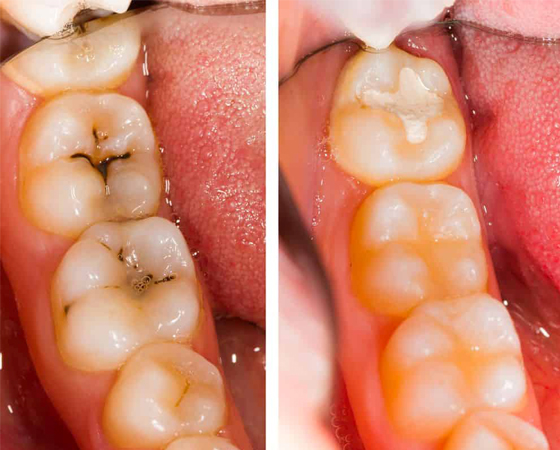info@thedrteeth.com
Dental fillings help repair tooth cavities. Dentists use them to “fill in” areas of damage or decay. There are several types of fillings, including amalgam and tooth-colored options like composite resin and porcelain. Depending on the material used, some dental fillings can last up to 20 years.
Dental fillings are a type of restorative dentistry treatment. Dentists use them to repair cavities or fix minor chips and cracks in your teeth.
Other names for dental fillings include:

There are many different types of dental fillings. But they all fall into one of two categories: direct or indirect.
Dentists create and place direct fillings in your mouth without the need for a dental laboratory or temporary restoration. A direct filling only requires one office visit.
A dental technician must make indirect fillings in a lab before your dentist places them in your mouth. Most indirect fillings require two office visits — one to take dental impressions and another to place your restoration. If your dentist uses CAD/CAM (computer-aided design/computer-aided manufacturing) technology, they may be able to create and place your indirect filling in a single appointment.
Inlays and onlays are two common types of indirect fillings. Dentists use them when a tooth has too much damage to support a filling but not enough damage to warrant a dental crown. An inlay or onlay fits into your existing tooth structure like a tiny puzzle piece.
Dental fillings treat existing tooth decay and reduce the risk of future damage. Depending on the type of filling, they can also: